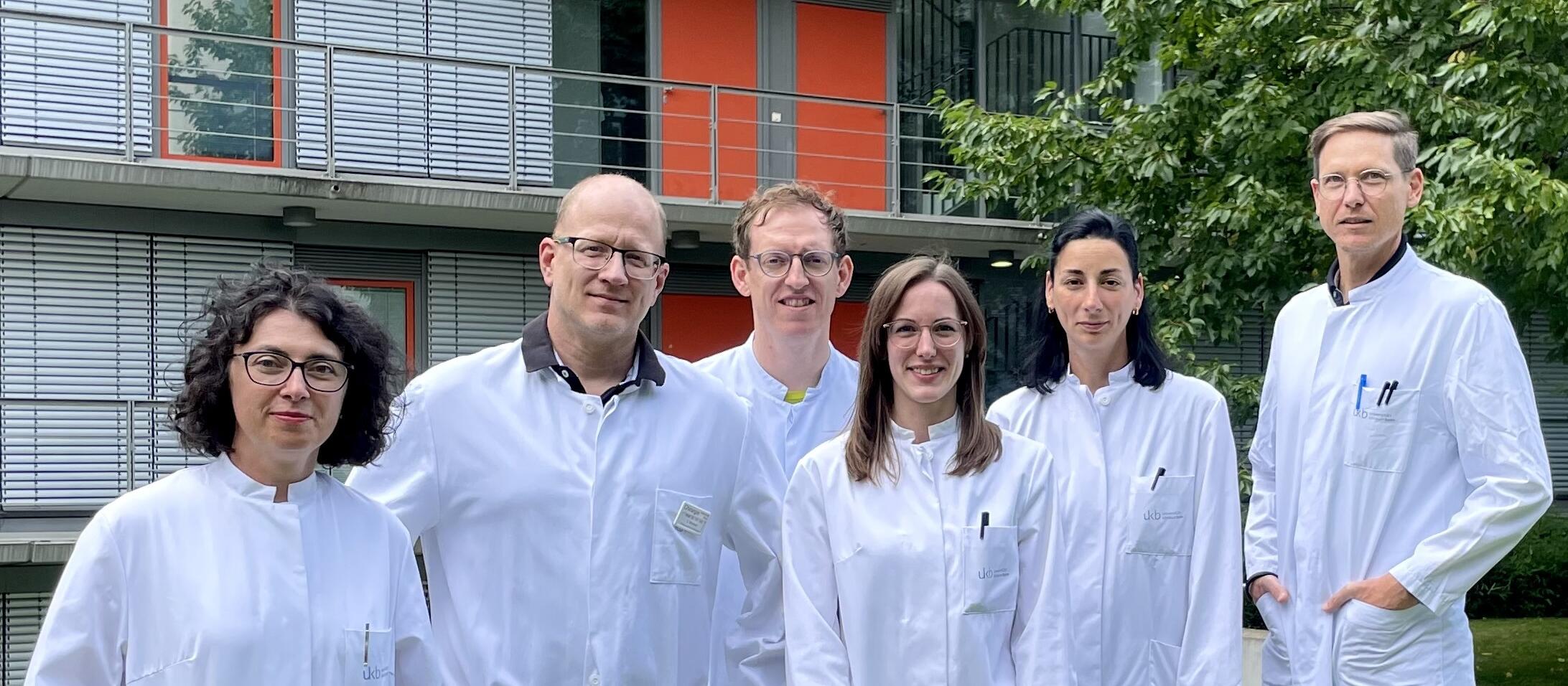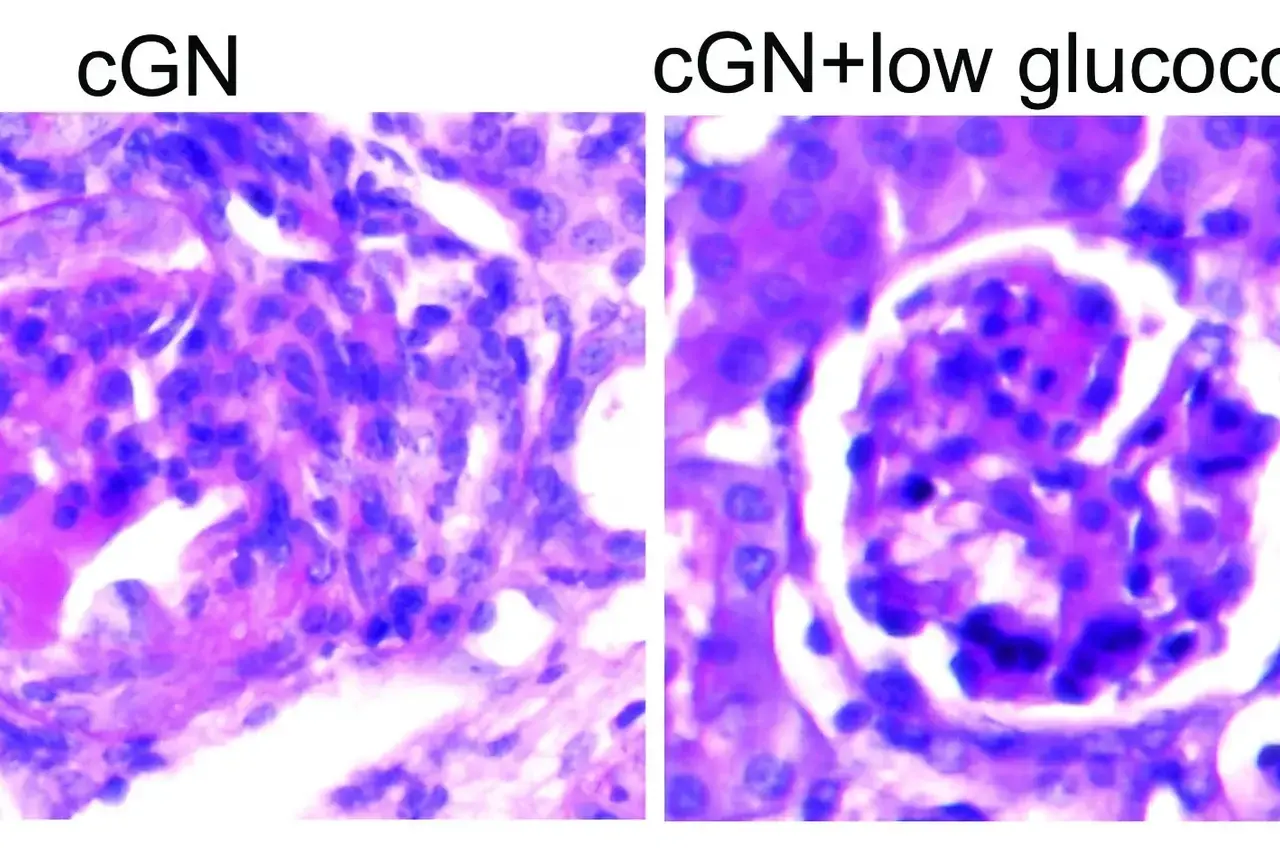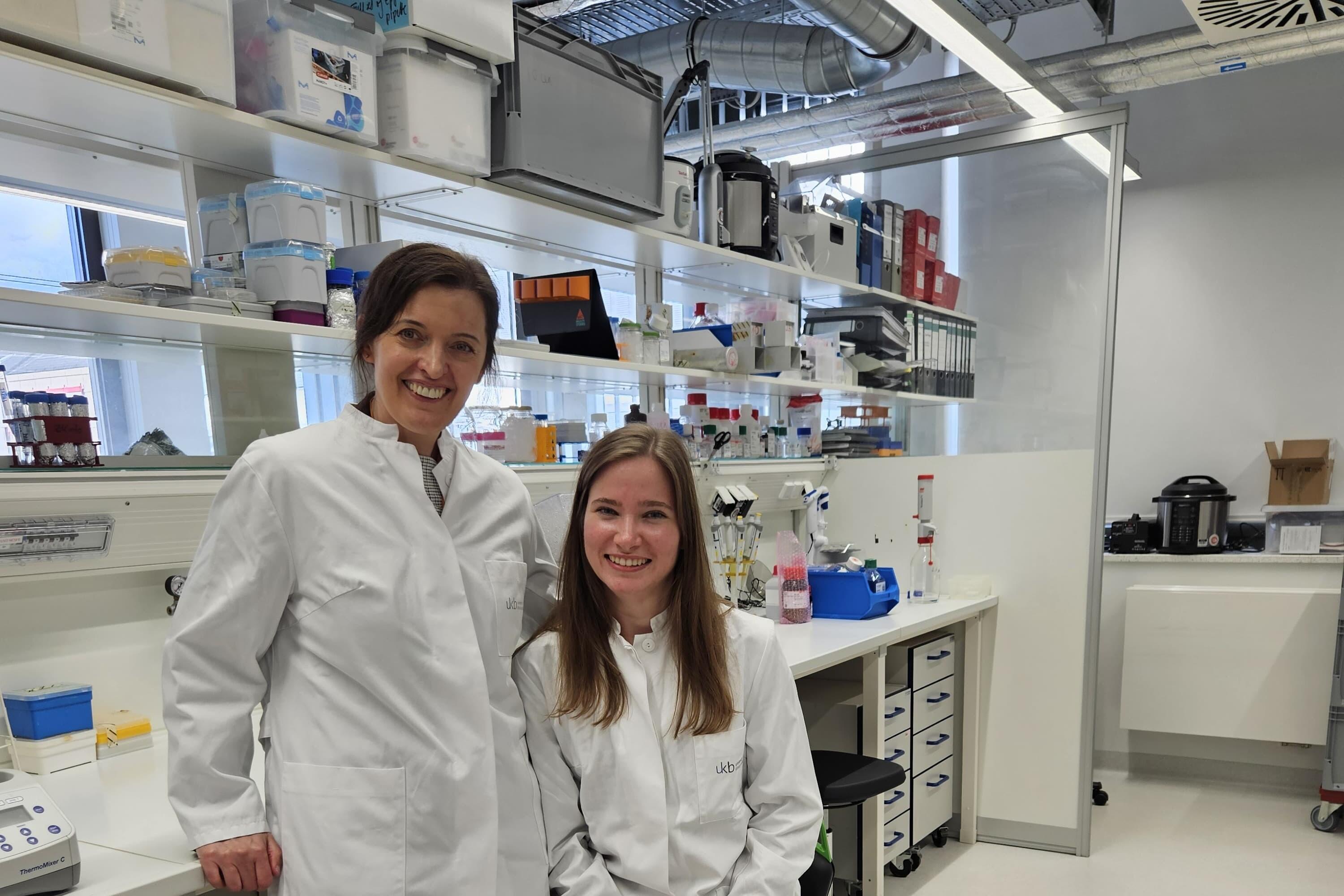Interleukin-1 receptor (IL-1R) signaling plays a crucial role in the immune system, mediating inflammatory responses and maintaining homeostasis. This signaling pathway is vital for the activation and regulation of immune cells, helping the body to combat infections and other threats. However, its dysregulation has been implicated in various pathological conditions, including autoimmune diseases and cancer. One crucial player in intestinal IL-1R signaling is enteric glial cells. Enteric glia have been described as important regulators of intestinal inflammation, mediating immune responses i.e. via IL-1R.
In colorectal cancer, IL-1R signaling has emerged as a key player in shaping the tumor microenvironment, influencing both tumor progression and the body's immune response. Understanding the precise mechanisms by which IL-1R signaling affects cancer development and progression is critical for developing targeted therapies that can modulate this pathway for better clinical outcomes.
A recent study from Sven Wehner’s group in Bonn and Gianluca Matteoli’s group from KU Leuven, Belgium, published in Nature Communications, explores the critical role of IL-1R signaling in enteric glia and their interaction with macrophages in colorectal cancer. This collaborative research discovered that IL-1R signaling in enteric glia is pivotal in promoting a pro-tumorigenic macrophage subtype. By investigating the crosstalk between enteric glial cells and immune cells, the study provides new insights into the tumor microenvironment and highlights potential therapeutic targets for colorectal cancer treatment.
Abstract:
Enteric glia have been recently recognized as key components of the colonic tumor microenvironment indicating their potential role in colorectal cancer pathogenesis. Although enteric glia modulate immune responses in other intestinal diseases, their interaction with the colorectal cancer immune cell compartment remains unclear. Through a combination of single-cell and bulk RNA-sequencing, both in murine models and patients, here we find that enteric glia acquire an immunomodulatory phenotype by bi-directional communication with tumor-infiltrating monocytes. The latter direct a reactive enteric glial cell phenotypic and functional switch via glial IL-1R signaling. In turn, tumor glia promote monocyte differentiation towards pro-tumorigenic SPP1+ tumor-associated macrophages by IL-6 release. Enteric glia cell abundancy correlates with worse disease outcomes in preclinical models and colorectal cancer patients. Thereby, our study reveals a neuroimmune interaction between enteric glia and tumor-associated macrophages in the colorectal tumor microenvironment, providing insights into colorectal cancer pathogenesis.
Publication:
van Baarle, L., De Simone, V., Schneider, L. et al.
IL-1R signaling drives enteric glia-macrophage interactions in colorectal cancer.
Nature Communications (2024). https://doi.org/10.1038/s41467-024-50438-2



